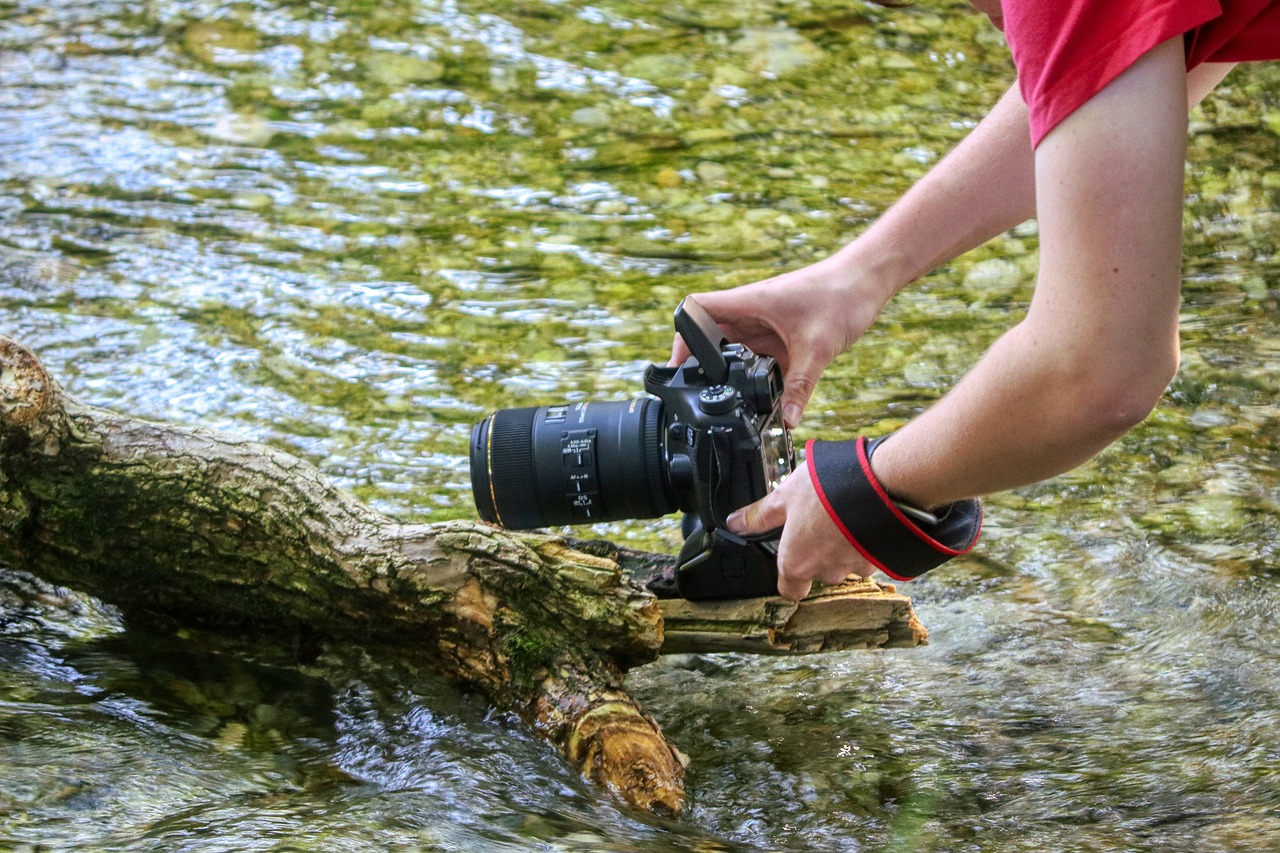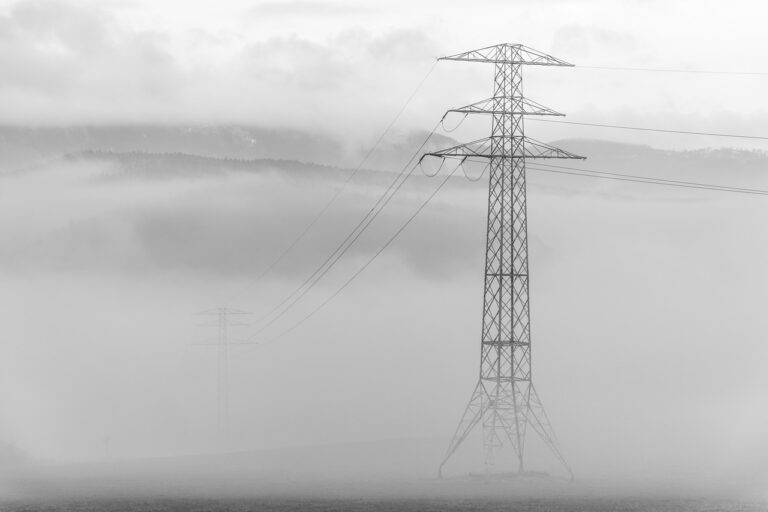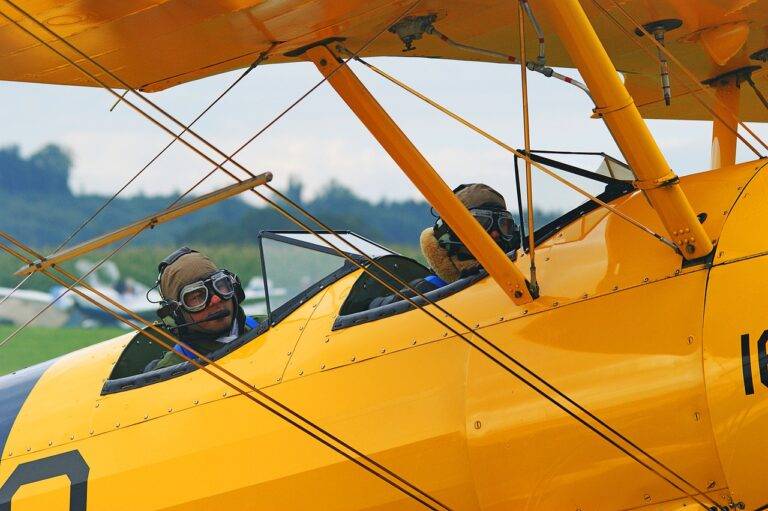The Role of Tech in Wildlife Conservation: AI-driven Habitat Restoration
There is an inherent value in preserving the diverse array of wildlife species that inhabit our planet. Wildlife conservation plays a crucial role in maintaining the delicate balance of ecosystems and ensuring the sustainability of our environment. Without active conservation efforts, many species face the threat of extinction, leading to potential disruptions in our ecological systems.
Moreover, wildlife conservation is essential for the overall well-being of the planet and its inhabitants. It offers countless benefits, such as regulating populations of other species, pollinating plants, and contributing to biodiversity. By protecting wildlife and their habitats, we can also safeguard essential resources, such as clean air, water, and fertile soil, which are vital for human survival.
Challenges Facing Wildlife Habitats
The rapid expansion of human civilization has led to the destruction and fragmentation of natural habitats, posing a major threat to wildlife survival. With deforestation, urbanization, and agriculture encroaching on once pristine areas, many species are struggling to find suitable environments to thrive in. The loss of habitat not only disrupts the delicate balance of ecosystems but also makes it challenging for animals to find food, shelter, and mates.
Furthermore, pollution remains a significant issue impacting the health and well-being of wildlife habitats. Contaminants from industrial activities, agriculture runoff, and improper waste disposal have seeped into water bodies and soil, causing harm to plants, animals, and entire ecosystems. Toxic substances can accumulate in the food chain, resulting in detrimental effects on wildlife populations, including reproductive issues and genetic mutations.
How Technology is Revolutionizing Conservation Efforts
Advancements in technology have tremendously bolstered conservation efforts around the globe. With the help of drones, conservationists can now monitor wildlife populations and track their movements with unprecedented precision. These unmanned aerial vehicles have made it possible to access remote or inaccessible areas, allowing for more effective conservation strategies.
Additionally, the use of camera traps equipped with motion sensors has revolutionized the way we study and observe wildlife behavior. These innovative tools provide valuable data on species that are otherwise difficult to study in their natural habitats. Scientists can now gather vital information without disrupting the animals, ultimately leading to better-informed conservation decisions.





